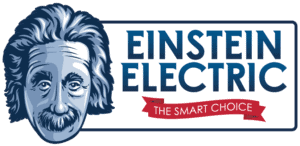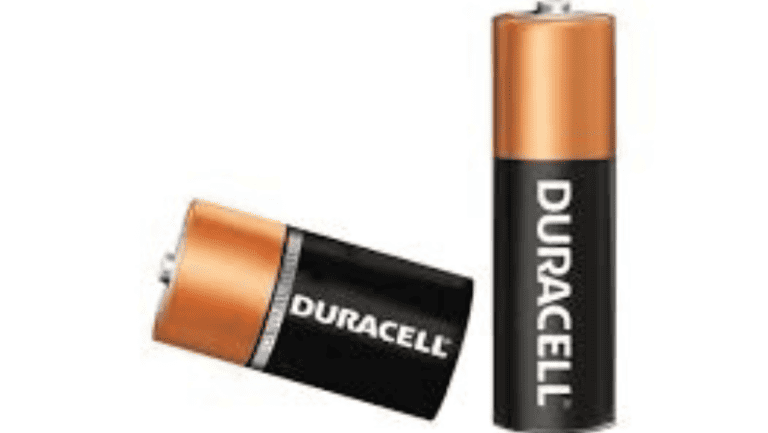Solar energy has become a popular option for homeowners looking to reduce their energy costs and their carbon footprint. Solar panels use energy from the sun to generate electricity, which can then be used to power homes and businesses. Installing solar panels can be a significant investment, but the long-term benefits are worth it. In this blog, we’ll discuss how to install solar panels for your home and how to save money on energy costs.
Step 1: Evaluate Your Energy Needs
Before you start the installation process, it’s important to evaluate your energy needs. This will help you determine how many solar panels you need to install. You can do this by looking at your monthly energy bill to see how much energy you use on average. You should also consider factors such as the size of your home, the number of people living in your home, and the appliances you use.
Step 2: Choose Your Solar Panels
There are several types of solar panels to choose from, each with its own advantages and disadvantages. Some of the most common types of solar panels include:
Monocrystalline Solar Panels: Monocrystalline solar panels are known for their high efficiency in converting sunlight into electricity. These panels are made from a single crystal of silicon, which allows for better electron flow and less resistance, resulting in higher energy conversion rates. The efficiency of monocrystalline panels makes them ideal for installations with limited space or where maximizing energy production is crucial. However, their efficiency and premium performance come at a higher cost compared to other types of solar panels. While monocrystalline panels may be the most expensive option, their greater efficiency can lead to long-term cost savings through higher energy generation and reduced reliance on traditional energy sources.
Polycrystalline Solar Panels: Polycrystalline solar panels are made from multiple crystals of silicon, which results in a slightly lower efficiency compared to monocrystalline panels. However, they offer a more cost-effective option. The production process for polycrystalline panels is simpler and less time-consuming, making them more affordable to manufacture. While they may have a slightly lower efficiency, the difference in performance is often marginal, making them a practical choice for many residential and commercial applications. The lower cost of polycrystalline panels can make solar energy more accessible and affordable for a wider range of consumers, contributing to the overall adoption and growth of renewable energy.
Thin-Film Solar Panels: Thin-film solar panels are composed of a thin layer of photovoltaic material, making them lightweight and flexible. While they are less efficient than crystalline panels, they offer advantages in terms of cost. The manufacturing process for thin-film panels is less complex, resulting in lower production costs and making them the least expensive option among solar panel technologies. They are also suitable for applications where space is not a constraint, such as large-scale solar farms. Thin-film panels have the potential for innovative uses, such as integration into building materials. Their affordability and versatility contribute to making solar energy more accessible and attractive to a wider range of users.
Step 3: Hire a Professional Installer
While it’s possible to install solar panels yourself, it’s highly recommended that you hire a professional installer. A professional installer will have the knowledge and experience necessary to ensure that your solar panels are installed correctly and safely.
Step 4: Install Your Solar Panels
The installation process will vary depending on the type of solar panels you choose and the layout of your home. In general, the installation process will involve the following steps:
Mounting the solar panels on your roof or in your yard
Installing the wiring and inverters to convert the energy generated by the solar panels into usable electricity
Connecting your solar panels to your home’s electrical system
Step 5: Apply for Tax Credits and Incentives
Installing solar panels can be expensive, but there are several tax credits and incentives available to help offset the cost. The federal government offers a solar investment tax credit (ITC) that allows homeowners to deduct 26% of the cost of their solar panel system from their federal taxes. Many states and local governments also offer tax credits and incentives for homeowners who install solar panels.
Step 6: Monitor Your Energy Usage
Once your solar panels are installed, it’s important to monitor your energy usage to ensure that you’re getting the most out of your system. You can do this by installing a monitoring system that tracks your energy usage in real-time. This will allow you to identify areas where you can further reduce your energy usage and save even more money.
Tips for Saving Money with Solar Energy
In addition to installing solar panels, there are several other ways you can save money on energy costs. Here are a few tips to help you get started:
Use Energy-Efficient Appliances: Energy-efficient appliances use less energy, which means that they’ll require less electricity from your solar panel system. Look for appliances with the ENERGY STAR label, which indicates that they meet energy efficiency standards set by the U.S. Environmental Protection Agency.
Install a Smart Thermostat: A smart thermostat can help you save money on heating and cooling costs by automatically adjusting the temperature based on your schedule and preferences. This can help you reduce your energy usage and save even more money on energy costs.
Seal Air Leaks: Air leaks in your home can cause heated or cooled air to escape, which means that your HVAC system will have to work harder to maintain a comfortable temperature. This can increase your energy usage and your energy costs. Seal any air leaks around doors, windows, and other areas of your home to reduce your energy usage.
Install Energy-Efficient Lighting: Installing energy-efficient lighting, such as LED light bulbs, is a smart choice to save energy and reduce costs. LED bulbs consume significantly less energy than traditional incandescent bulbs while providing the same amount of light. Additionally, LED bulbs have a much longer lifespan, lasting up to 25 times longer than incandescent bulbs. By switching to LED bulbs, you can lower your energy consumption, resulting in reduced electricity bills. Furthermore, the extended lifespan of LED bulbs means fewer replacements, leading to additional cost savings in the long run. It’s a simple and effective step towards energy efficiency and financial savings.
Use Natural Light: Taking advantage of natural light is a simple and effective way to reduce energy usage. Opening blinds and curtains during the day allows natural light to illuminate your home, reducing the need for artificial lighting. Not only does natural light save energy, but it also enhances the aesthetic appeal and creates a more pleasant living environment. By relying on natural light, you can decrease your reliance on electric lighting, resulting in lower electricity bills and a reduced environmental footprint. Embracing natural light is a sustainable and cost-effective approach to lighting your home while enjoying the beauty and benefits of sunlight.
Invest in Energy Storage: Investing in energy storage systems, such as batteries, can be a wise decision for maximizing the benefits of renewable energy. With energy storage, excess electricity generated by solar panels can be stored for use during periods when sunlight is limited or unavailable. This allows you to reduce reliance on the grid and tap into stored energy when needed, reducing energy costs and increasing self-sufficiency. Energy storage systems provide flexibility, allowing you to optimize energy usage and potentially even sell excess stored energy back to the grid. By investing in energy storage, you can enhance the efficiency and economic viability of your renewable energy setup while promoting a more sustainable and resilient energy future.
Monitor Your Energy Usage: Monitoring your energy usage is a valuable practice for maximizing energy efficiency and reducing costs. By utilizing a monitoring system, you can track your energy consumption in real-time and identify areas where energy usage can be further reduced. This empowers you to make informed decisions and implement energy-saving habits. Monitoring systems can highlight energy-intensive appliances or behaviors, allowing you to adjust and optimize your usage patterns. By being aware of your energy consumption, you can take proactive steps to reduce waste, lower your environmental impact, and save money on energy bills. Monitoring your energy usage is a proactive approach towards a more sustainable and cost-effective lifestyle.
Installing solar panels can be a great way to reduce your energy costs and your carbon footprint. By following the steps outlined in this blog and implementing energy-saving tips, you can save even more money on energy costs and enjoy the benefits of clean, renewable energy.












